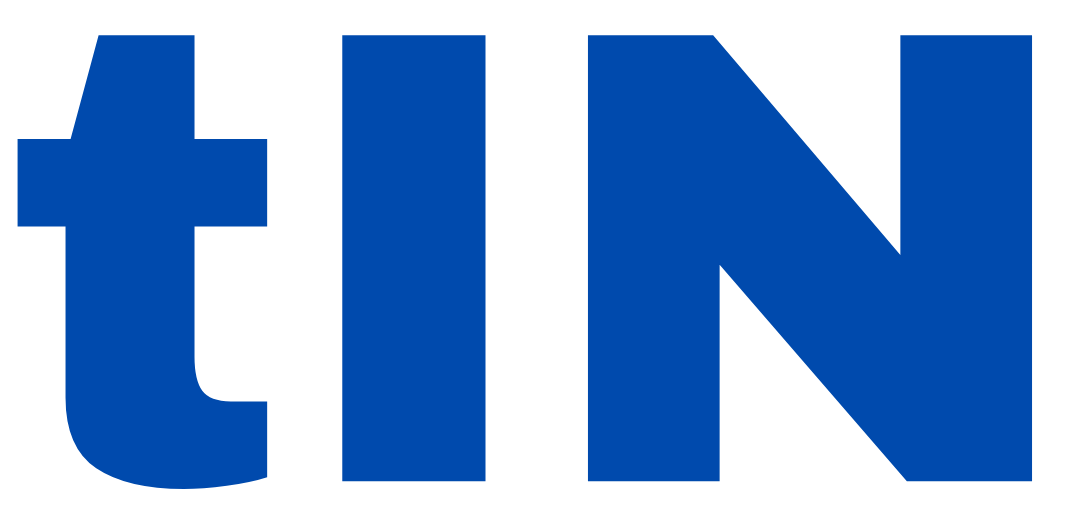Welcome to my guide on optimizing images for the web to enhance your website performance! If you're a website owner or developer, you probably already know the importance of having optimized images on your site. Not only do they play a key role in creating a visually appealing website, but they also play a crucial role in improving overall website performance. In this guide, I will walk you through the process of optimizing images for the web, regardless of your technical expertise. By the end of this guide, you'll have a better understanding of why image optimization is important and how you can apply these techniques to boost your website's speed and user experience. So, let's dive in and start optimizing those images for a more efficient and faster website!
Quick Tips
Tip 1: Resize your images before uploading them to your website. By resizing your images to the exact dimensions needed for your website, you can reduce the file size and improve website performance.
Tip 2: Compress your images using a compression tool. This will help to reduce the file size without sacrificing too much image quality. There are online tools available that can do this for you easily.
Tip 3: Use the right file format for your images. JPEG is great for photographs, while PNG works well for images with text or transparent backgrounds. Choosing the correct file format can significantly reduce the file size and enhance website loading speed.
Tip 4: Optimize the alt text for your images. Alt text is a brief description of the image that helps search engines and visually impaired users understand what the image is about. By including relevant and descriptive alt text, you not only improve website accessibility but also enhance SEO for your website.
Choose web-friendly file formats: PNG, JPG, GIF
When optimizing images for your website, it's crucial to choose web-friendly file formats like PNG, JPG, and GIF. These formats ensure that your images are displayed quickly and efficiently, enhancing your website's performance.
PNG (Portable Network Graphics) is a lossless file format, meaning it doesn't compromise image quality. This format is ideal for images with transparent backgrounds or complex graphics.
JPG (Joint Photographic Experts Group) is a lossy format, which means it compresses the image to reduce file size. It's best suited for photographs or images with lots of details and colors.
GIF (Graphics Interchange Format) is widely used for animated images or simple graphics with limited colors. This file format supports transparency and can be great for logos or icons.
By using these web-friendly file formats, you ensure that your images load quickly and smoothly, improving the overall user experience for your website visitors. Remember to balance image quality and file size to maintain a balance between aesthetics and performance.
Choose web-friendly file formats: PNG, JPG, GIF
Compress images for faster loading
The integral part of optimizing your website's performance is optimizing your images for faster loading. By reducing the file size of your images, you can improve your site's performance significantly, significantly enhancing the user experience. But why is this important? Well, studies show that users tend to abandon websites that take too long to load, leading to lost opportunities and potential customers. By compressing your images, you can minimize the amount of data that needs to be transferred, allowing your pages to load more quickly. This can be achieved through various image compression techniques, such as using online tools or image editing software. So, if you're looking to enhance your website's speed and ensure a seamless browsing experience for your audience, don't forget to compress those images!
Resize images for improved performance
Have you ever wondered why some websites take forever to load while others load in an instant? One of the key factors that affect website performance is the size of the images used. By optimizing and resizing images, you can significantly improve the overall performance of your website. How? Well, when images are oversized, they take longer to load and can slow down the entire page. By resizing them, you reduce the file sizes, making them smaller and easier to load. This not only improves the loading speed but also saves your visitors’ data if they are browsing on a limited data plan. Additionally, smaller file sizes mean less bandwidth consumption, which can be particularly beneficial for mobile website users. So, take a moment to resize your images and see the difference it makes in enhancing your website’s performance.
Utilize lazy loading for benefits
Are you struggling with slow website performance due to large image files? I have a solution for you – lazy loading. Lazy loading is a technique that can drastically enhance your website's performance. By implementing lazy loading, you can improve the loading speed of your website and provide a better user experience for your visitors. How does it work? Instead of loading all the images at once, lazy loading loads only the images that are currently visible on the screen. As the user scrolls down, additional images are loaded. This reduces the initial load time and saves bandwidth. Not only does lazy loading improve the performance of your website, but it also saves valuable resources. So don't wait, start utilizing lazy loading today and reap the benefits of a faster and optimized website.
Final Words
Finally, optimizing images for the web and optimizing your website's performance are essential steps to creating a strong online presence. If you follow this guide, you can make sure that your website loads quickly, attracts visitors, and ranks high in search results. Implementing the various techniques and tools discussed will not only lead to a more efficient website but also enhance your overall online performance. Remember, a faster and sleeker website not only benefits you but also your audience. So, take the time to optimize your images and watch as your website flourishes in both speed and user satisfaction.
![]()






